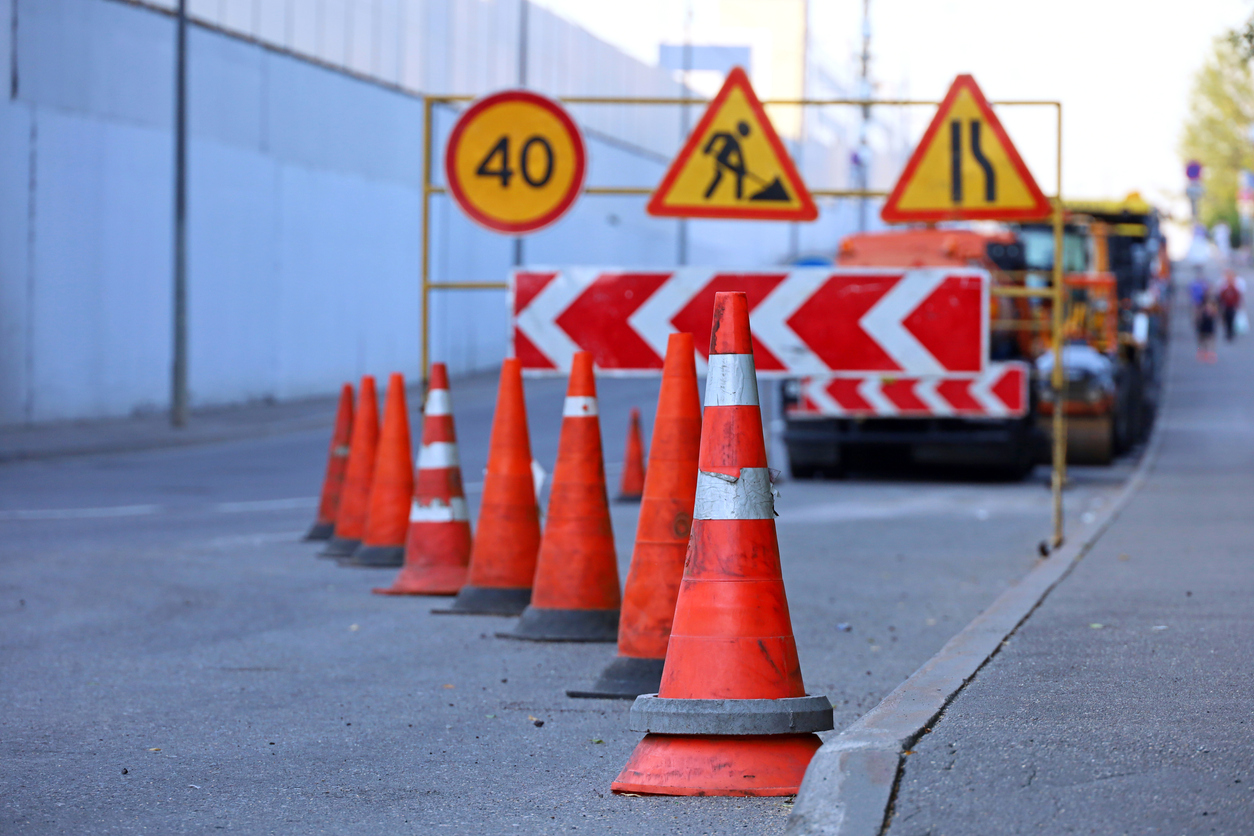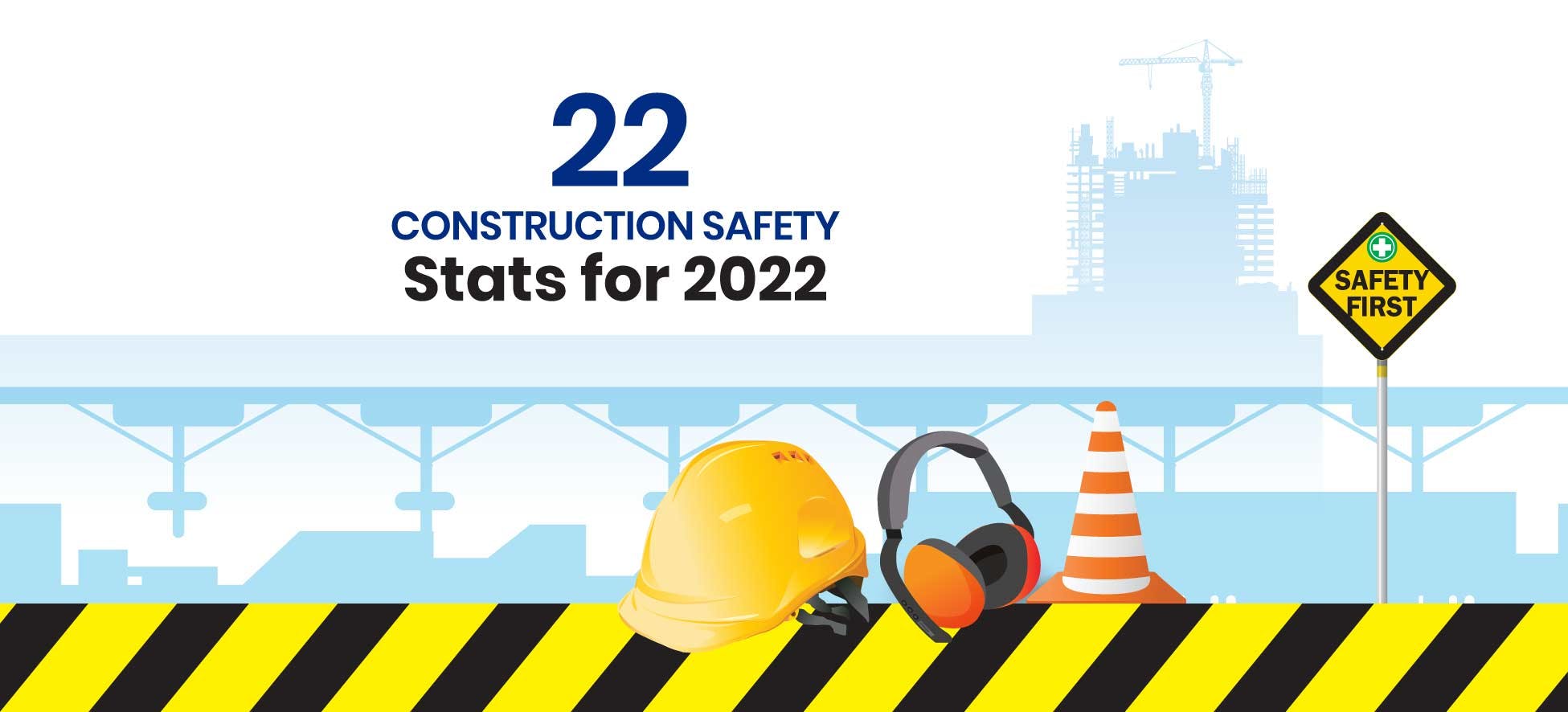The construction industry is a major revenue-generating sector accounting for 4.3% of US GDP. Over the five years to 2021, it is expected to expand by 2.4 percent annually to $2.4 trillion as the economy starts to recover post-COVID-19 pandemic. Unfortunately, construction workers continue to experience high rates of fatal and non-fatal injuries and accidents despite improvements in safety equipment, technology, and training,
For instance, the construction industry accounts for about 20% of worker fatalities in the US, although only 6% of the labor force. This discrepancy highlights the need for ongoing efforts to increase workplace safety for construction workers. A year ago, there were 5,333 workplace fatalities (3.5 per 100,000 full-time equivalent employees), which equates to more than 100 fatalities each week or around 15 per day. One in five worker deaths in the private sector occurred in construction in 2019, accounting for almost 20% (1,061) of all worker fatalities. The predicament can be well-analyzed by 22 constriction safety stats for 2022 listed below.

22 construction safety stats for 2022:
- According to the Occupational Safety and Health Administration, one out of every ten construction site workers is injured annually.
- Within the first year of employment, over 60% of construction accidents have been reported.3- OSHA penalties can cost a company between $13,653 and $136,532.
- OSHA's "Fatal Four," which includes electrocutions, falls and getting caught between pieces of machinery, accounts for 60% of all fatal construction accident injuries.
- Fall protection in construction is OSHA's standard that is most frequently violated.
- OSHA has 1,850 inspectors on duty - In the US, these inspectors oversee the health and safety of over130 million employees in over 8 million workplaces.
- OSHA significantly impacted the safety and health of US workers. For example, diseases and the most prevalent occupational injuries have decreased from 10.9 per 100 workers to 2.7 since it was created.
- OSHA has 85 local offices as well as ten regional offices. The federal agency carried out about 33,000 nationwide and 42,000 state inspections.
- Falls account for 34% of all fatalities in the industry; preventing falls would save more than 300 lives annually.
- The construction industry is responsible for 1 in 5 workers' fatalities.
- Sprains, strains, and tears accounted for 266,530 of the non-fatal illnesses and injuries in the private sector that kept people from working during the year.
- Fires and explosions cause three percent of workplace injuries.
- Most fatalities (1,051) were in the 55 to 64 age range.
- Last year, work-related injuries cost the economy $171 billion - More than only worker compensation and insurance are included in the total. Wage and productivity losses ($53.9 billion) and administrative costs ($59.7 billion) make up most of the economic cost. In addition, medical expenses totalled $35.5 billion, and uninsured business costs were $13.3 billion, respectively.
- There were 1,008 workplace fatalities among construction employees this year.
- The third highest rate of any industry, 10.2 out of every 100,000 construction employees experiences a fatal injury each year.
- OSHA safety certifications cost between $60 and $180 and take between 10 and 30 hours to complete.
- Workers' compensation claims related to accidents and injuries in the construction industry total$2.5 billion annually.
- Businesses typically spend 3.6 percent of their budget on workplace injuries and 2.6 percent on safety training.
- Compared to other industries, the accident rate for those working in construction is higher by 71%.21- About 60% of the 42 fatalities annually attributable to cranes involve a falling object.

OSHA estimates that for every dollar spent on safety measures, construction industries achieve savings of $4 to $6.
A construction worker has to work and adapt to constantly changing harsh working environments, which exposes them to multiple safety hazards such as pain or injury brought on by physical activity and prolonged standing or lifting, and awkward postures. In addition, excessive exposure to fungi, moulds, silicon, asbestos, etc., also leads to pneumoconiosis in most construction workers. Other common medical conditions these construction workers encounter are skin cancers such as melanoma due to prolonged sun hours.
A few preventive measures that industries can adopt to reduce casualties and fatalities of constriction workers are first, inspect the workplace for any present or potential dangers and implement the necessary steps before starting a task. Secondly, be mindful that circumstances can change frequently. Thirdly, ensure that all tools and machinery are in ideal operational condition. Fourthly, wear the proper personal protection gear, including safety footwear, and keep all work spaces free of equipment and clutter. Fourth, maintain good posture and keep your body from hunching over or taking frequent pauses. Finally, train properly and learn lifting methods before carrying out any primary task to avoid accidents.
The construction industry is a roaring giant for the US economy and is therefore funded massively. However, the government should allocate a certain percentage of funds for the safety of construction workers. The safety of construction workers remains an underrated concern in the construction industry. There should be an implementation of laws for the construction industry to prioritize the safety and well-being of their workers over profits. Enterprises must also grasp that businesses prioritizing safety over excessive profits eventually flourish. Construction companies should provide medical insurance and adequate money for all their workers. The construction industry is a crucial sector for any country's economic growth and should flourish but not at the cost of the lives of its workers. So don't hesitate to review your safety protocols; everyone on the building site benefits from promoting a safety culture.

